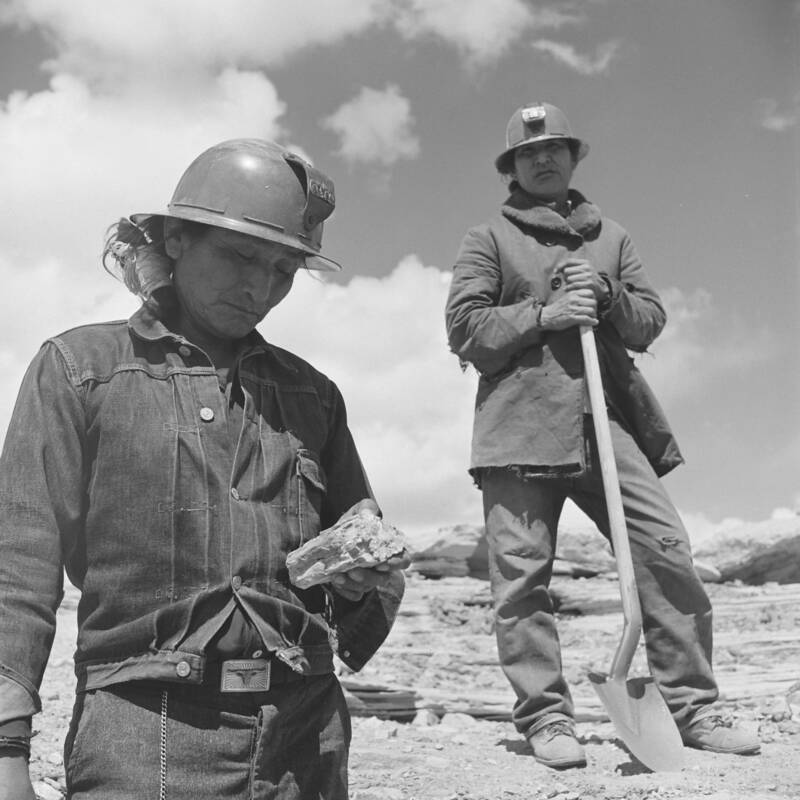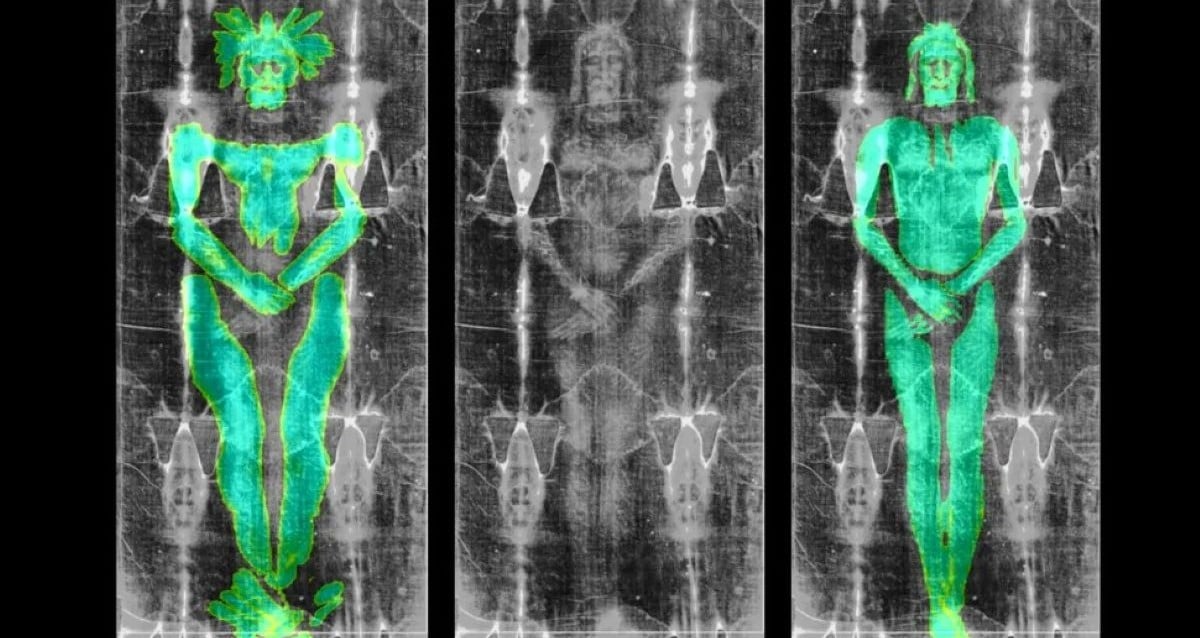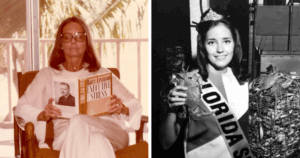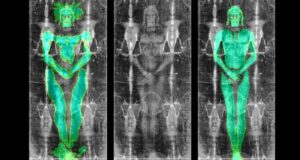“Unearthed Dangers: How Cold War-Era Uranium Mines Are Devastating the Health of Navajo Women and Their Infants”
Begay, who attended the hearing with an oxygen tank by his side, talked about the lung issues he has dealt with since his mining days.
Haaland also shared her own family members’ experience with radiation exposure at the Jackpile-Paguate mine in Laguna Pueblo — the home of her tribe — which was once among the world’s largest open-pit uranium mines.
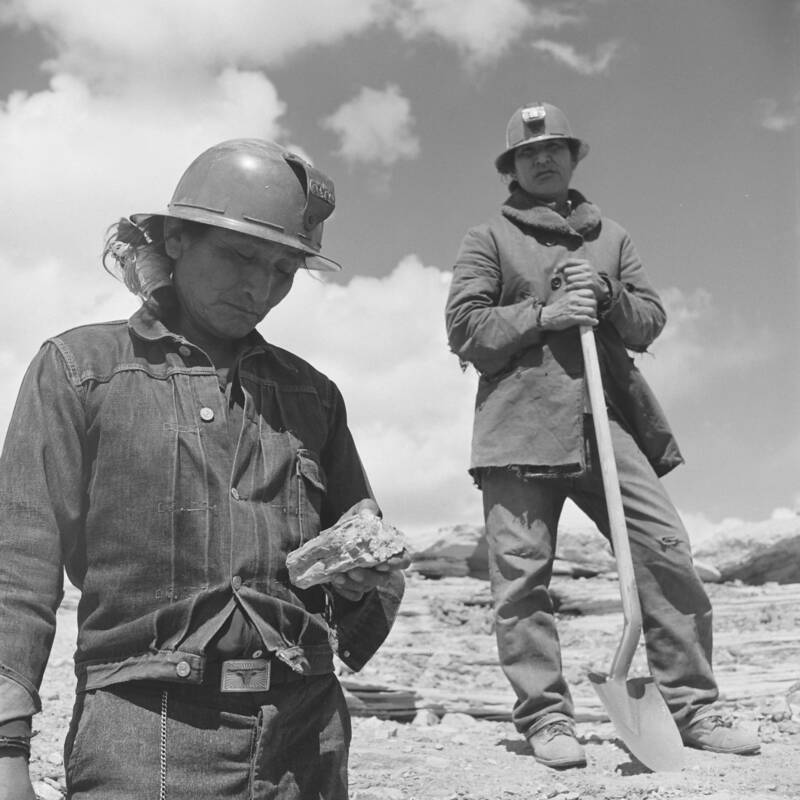
Loomis Dean/The LIFE Picture Collection via Getty ImagesTwo Navajo people prospect for uranium on the Navajo Nation reservation. 1951.
The hearing reflects the federal government’s efforts in recent years to clean up the abandoned uranium mines scattered across the Navajo Nation territories and to determine the effects that prolonged exposure has had on generations of tribe members.
Navajo Nation territory spans across Utah, Arizona, and New Mexico, and is home to more than 250,000 people. The uranium mines, meanwhile, covered 27,000 square miles within this territory.
During the Cold War era, private companies began coming in to dig up the precious metal which the government used to make atomic weapons. It’s estimated that at least 4 million tons of uranium were unearthed from the Navajo Nation lands.
According to a 2016 report from NPR, scores of Navajo people have died of kidney failure and cancer, which are both conditions linked to uranium contamination.
Research from the Center for Disease Control and Prevention (CDC) also showed uranium in babies born in the area years after the mining had stopped.
Maria Welch, a Navajo tribe member and researcher at the Southwest Research Information Center, told NPR she got involved in the previous Navajo Birth Cohort study because of her own family’s exposure to uranium.
